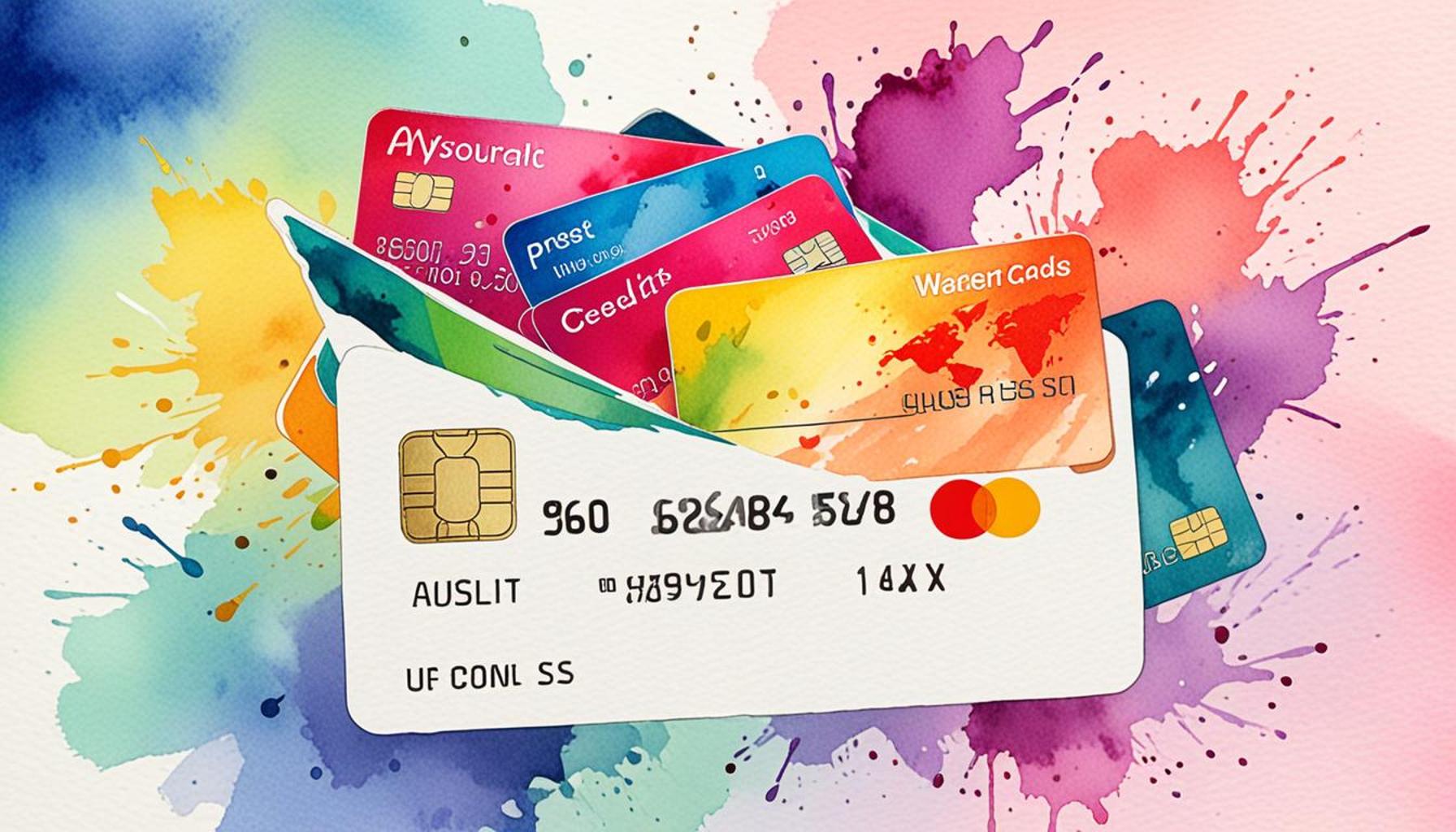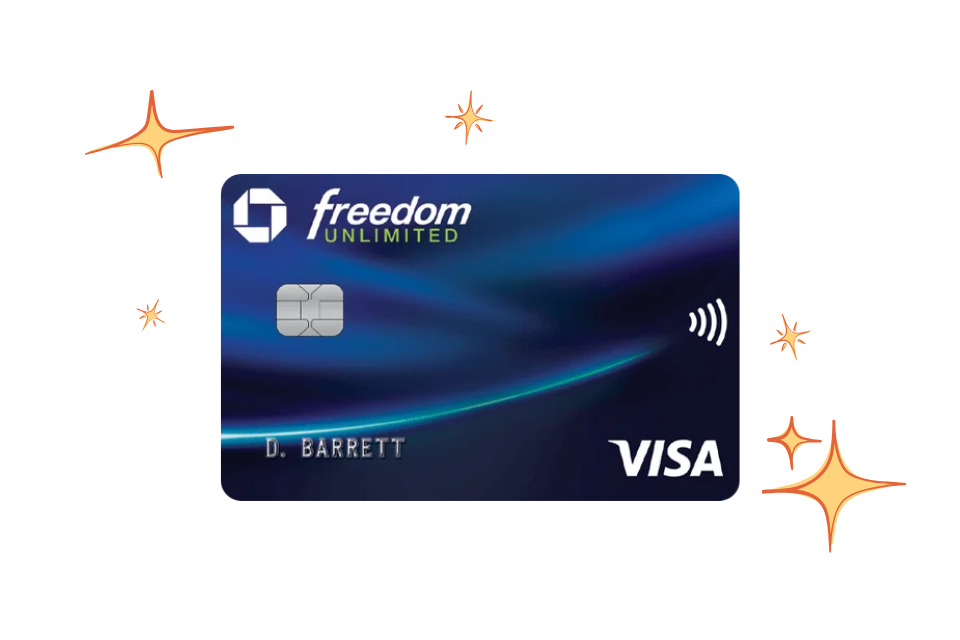The Effects of the Pandemic on Credit Card Usage Preferences in the USA

Understanding a Changing Financial Landscape
The outbreak of the pandemic has transformed many aspects of daily life, including how we manage our finances. With social distancing measures and economic uncertainty, credit card usage has evolved significantly, revealing new preferences among consumers in the USA.
As we navigate this new financial landscape, it’s important to recognize these shifts in behavior, including:
- Increased online shopping: With stores closed or operating at limited capacity, consumers turned to online retailers. Major e-commerce platforms saw an unprecedented surge in sales, with many individuals discovering the convenience of exploring products from the comfort of their homes. For example, Amazon reported record breaking sales during the pandemic, prompting changes in their delivery and logistics approaches to meet this new demand.
- Heightened awareness of debt: The pandemic prompted many to reevaluate their spending habits and prioritize financial security. As job security became uncertain, households began focusing on reducing credit card balances and emergency fund savings. This newfound awareness encourages many to think critically about their financial commitments and explore options for better debt management.
- Preference for contactless payments: Safety concerns led to a surge in contactless transactions and digital wallets. Payment apps like Apple Pay and Google Pay gained traction as users sought hygienic options to complete purchases without physical contact. This shift not only reflects a response to immediate health concerns but also indicates a long-term trend towards digital innovation in financial transactions.
These changes not only reflect our immediate responses to the crisis but also highlight a growing trend towards more conscious and responsible financial practices. As consumers embrace technology and become more strategic with their finances, it’s crucial to understand how these preferences have shifted. This understanding can empower individuals to make wise financial decisions moving forward.
Furthermore, consider how your own credit card choices may have been influenced by recent events. Are you using your cards more for essential purchases? Have you opted for rewards programs that align with your lifestyle changes, such as groceries or home necessities? By reflecting on these questions and actively seeking ways to improve your financial habits, you can take control of your financial future.
By embracing these evolving preferences and changes in the financial landscape, we can not only adapt but also thrive in a new era of consumer responsibility and financial literacy. The path to financial well-being starts with informed choices, and every step taken today can pave the way toward a more secure tomorrow.
DIVE DEEPER: Click here to learn how to apply effortlessly
Adapting to New Financial Realities
The pandemic has dramatically reshaped the credit card landscape, compelling consumers to reassess their financial preferences and behaviors. With changes in shopping habits and heightened awareness of debt, the way individuals use credit cards now reflects a more cautious and strategic approach. To better understand this transition, it’s essential to explore the impactful shifts that have emerged during these challenging times.
Reevaluation of Spending Priorities
As lockdowns enforced a new way of living, many consumers faced immediate financial pressures. With uncertainty looming over job security and income, people began to scrutinize their spending habits more closely. This reevaluation of spending priorities led many to reconsider how they utilized their credit cards. Rather than indulging in discretionary purchases, consumers pivoted toward essentials, focusing their credit card usage on vital needs such as:
- Grocery and household supplies: With dining out becoming less frequent, the bulk of credit card transactions shifted towards purchasing groceries, cleaning products, and other household necessities.
- Health and wellness products: The pandemic prompted a surge in interest towards health-related items, such as vitamins, supplements, and fitness equipment, as individuals took charge of their well-being.
- Online subscriptions and services: With more time spent at home, many consumers turned to streaming services, fitness apps, and educational platforms, facilitating a significant rise in subscriptions paid for with credit cards.
This shift to prioritize essential items not only signifies a change in consumption but also reflects a more conscious approach to using credit. By steering away from impulsive purchases, consumers are fostering healthier financial habits that prioritize sustainability and preparedness.
Exploring Rewards Programs with Purpose
With the increasing focus on essential purchases, consumers have also begun to gravitate toward credit cards that offer rewards aligned with their new lifestyle choices. The need for purpose-driven rewards has taken center stage, prompting many to consider cards that provide benefits specifically for their altered spending patterns. Some popular reward categories that have grown in preference include:
- Cashback offers on groceries: Many credit cards now provide enhanced cashback or rewards points for grocery shopping, recognizing the increased frequency of these transactions.
- Discounts on health-related purchases: Cards offering rewards for health and wellness expenditures resonate with consumers prioritizing their physical well-being.
- Delivery services and online shopping: With a rise in online retail and food delivery services, rewards for these categories have become increasingly valuable for cardholders.
As consumers adjust their spending habits, they are also embracing cards that provide tangible benefits tailored to their current needs. This strategic approach not only reflects an understanding of personal finance but encourages individuals to make empowering choices in their credit card usage.
By recognizing and adapting to these evolving preferences, consumers can take informed steps toward better financial health. Embracing these changes not only offers immediate comfort and security but also paves the way for a more resilient financial future.
DISCOVER MORE: Click here for insights on investment strategies
Building Financial Wellness Through Technology
The pandemic has not only altered consumer spending habits but has also catalyzed a shift towards technology-driven financial solutions. As more people have been compelled to manage their finances from home, the use of digital tools to track spending and optimize credit card usage has surged. This digital transformation is paving the way for more informed and conscious financial decision-making.
Embracing Mobile Payment Solutions
The rise in reliance on technology has inspired many consumers to embrace mobile payment solutions and digital wallets. Options like Apple Pay, Google Pay, and contactless cards have gained traction, enabling users to make seamless transactions while minimizing physical contact. This convenience of mobile payments has made it easier for consumers to manage their credit card usage efficiently. Moreover, these platforms often come with tracking features that allow individuals to monitor their spending in real time, thus reinforcing their commitment to responsible financial management.
Additionally, digital payment methods can facilitate budgeting practices by categorizing expenses based on user-defined parameters. This newfound awareness empowers consumers to stay within their budgeting limits and avoid overspending, especially on non-essential items. It is clear that this innovative approach fosters a greater sense of control over personal finances, encouraging users to make more informed choices in their credit card spending.
Financial Education and Resources at Our Fingertips
The pandemic also accelerated the demand for financial education, with individuals seeking guidance on how to navigate these uncertain times. With a wealth of information now accessible online, consumers are increasingly turning to resources that promote financial literacy. Numerous platforms offer tools, webinars, and articles focused on budgeting, debt management, and credit card optimization.
This focus on financial education has empowered consumers to develop a deeper understanding of credit and its implications on their long-term financial health. By accessing these resources, individuals are better equipped to evaluate their credit card options, select products tailored to their needs, and make strategic decisions that enhance their financial stability.
- Online courses and webinars: Many organizations and financial institutions have created online educational platforms designed to teach users about effective credit card management, budgeting strategies, and debt reduction techniques.
- Personal finance apps: Mobile applications like Mint or YNAB (You Need a Budget) allow users to track their credit card usage while empowering them to set financial goals and monitor progress.
- Community support: Social media platforms and online forums have blossomed into valuable spaces where users can share experiences, ask questions, and gain insights from others who are navigating similar financial challenges.
This shift towards a more informed consumer landscape indicates a move towards financial empowerment, with individuals actively taking steps towards achieving their financial goals. As they embrace technology and education, consumers are building a foundation of financial wellness that transcends the challenges presented by the pandemic.
By harnessing the power of technology and prioritizing financial literacy, consumers are not only adjusting their credit card preferences but are also laying the groundwork for a more secure financial future that is resilient in the face of uncertainty.
DISCOVER MORE: Click here for insights on fund strategies
Conclusion
The pandemic has undeniably reshaped the landscape of consumer behavior, particularly in the realm of credit card usage in the USA. As individuals navigate these unprecedented times, the shift towards digital tools and financial education has emerged as a beacon of hope and resilience. The increased adoption of mobile payment solutions signifies not just a trend, but a profound change in the way consumers wish to engage with their finances. This evolution reflects a unique moment where necessity drives innovation, enabling everyone to prioritize convenience and safety.
The emphasis on financial literacy during the pandemic is equally noteworthy. Consumers have embraced the wealth of information available at their fingertips, equipping themselves with essential skills to make responsible financial choices. By actively learning about credit management, budgeting, and debt reduction, individuals are not merely reacting to their financial situations but are taking proactive steps toward their future prosperity.
As we move beyond the pandemic, it is crucial for consumers to maintain this newfound awareness and leverage technology for their benefit. Embracing these tools not only allows for greater control over spending but also fosters a sense of community where shared experiences and knowledge can lead to collective financial empowerment. Ultimately, this era of transformation offers a unique opportunity for all of us to cultivate a stronger, more resilient financial foundation that can weather future uncertainties. Let us continue to strive for financial wellness and make informed decisions that pave the way for a brighter financial future.



